Unforgotten: John Short’s nostalgia-tinged tour of NYC’s legendary hangouts
New York's old avant-garde hangouts are brought back to life in a new book by photographer John Short, writer David Brun‐Lambert and designer David Tanguy
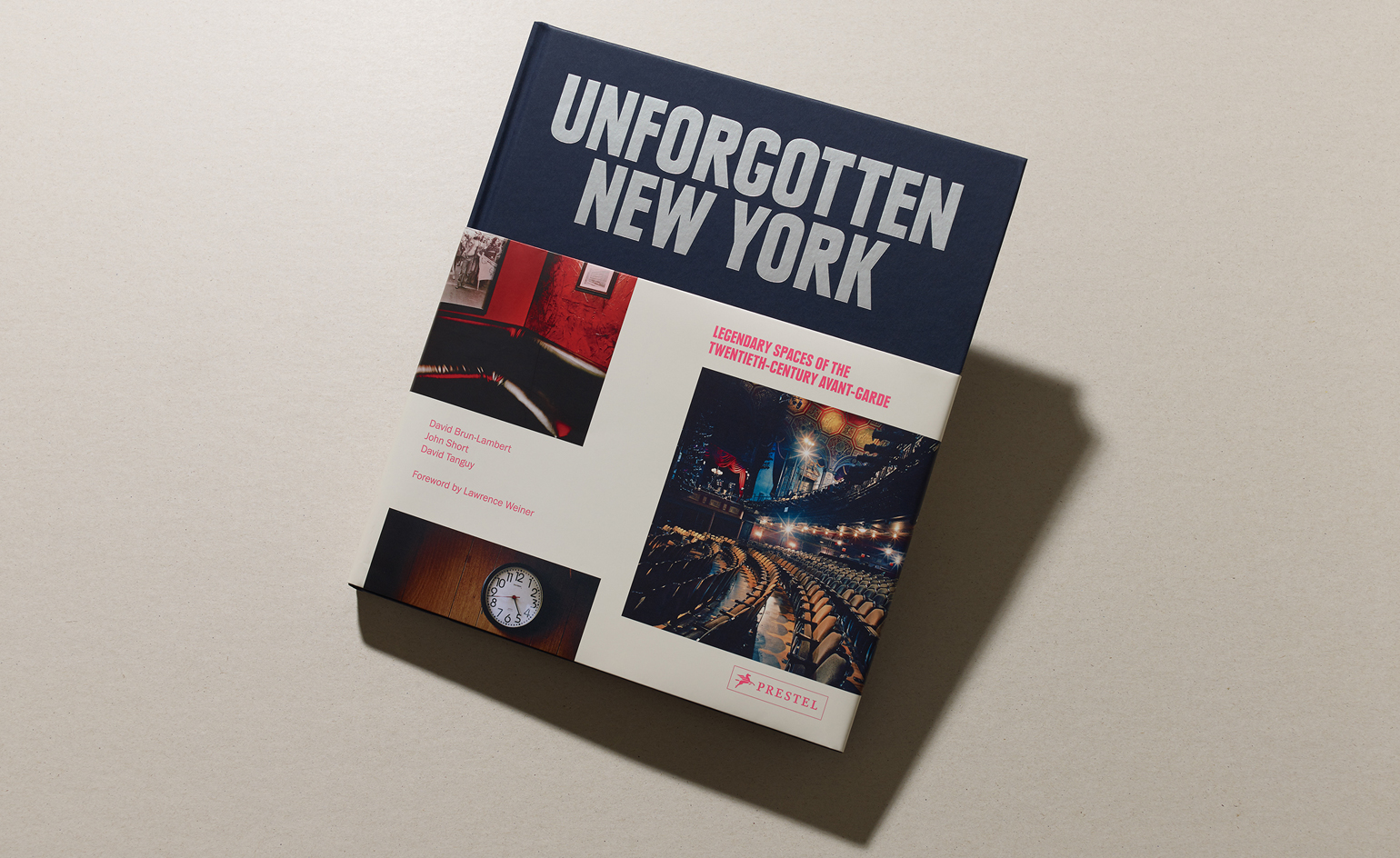
When photographer John Short embarked upon a project to document New York's lost legendary arts venues – think Copacabana, Studio 54, The Mudd Club and The Roxy – he was surprised to find that many were not lost at all. While the city's avant garde has moved to Brooklyn, the buildings are still there. Some have changed their name and others have been repurposed, while a few are in need of some TLC, but definitely not forgotten.
It was this unexpected discovery that changed the course and title of the project and the resulting book, Unforgotten New York, which Short produced in collaboration with writer David Brun-Lambert and designer David Tanguy.
The idea for the book was born out of a documentary by Brun-Lambert for Swiss National Radio in which he argued that New York's economic renaissance had been the death knell for its cultural relevance. Wanting to investigate further, Short and Brun-Lambert headed off to New York. In the space of just three trips, London-based Short shot more than 40 historical locations across Manhattan such as Jean-Michel Basquiat's last loft, Warhol's Factory II, the apartment where Kerouc had written On The Road, Paradise Garage, and the Project in the Bronx where Kool Herc held his block parties, playing his first break beats.
Compiled into a 192-page hardback tome, the shots are poignantly displayed next to insightful texts and archival imagery. Wallpaper* spoke to Short about the attraction of NYC, his approach on shooting the book and the lasting allure of these faded spaces.
Wallpaper*: The book follows Brun-Lambert's radio documentary for Swiss National Radio, in which he argued that New York had lost its cultural importance. What attracted you to the project and did you have any previous connections to the city?
John Short: I actually met David in London the week before he was going to NY to do the radio documentary. Once he'd told me about the idea and how he thought it could be good to document photographically, I was hooked. The whole process we worked by was very loose – I was with David during his interviews and from them we developed a sense of how we could compile the book.
I'd been going to New York a couple of times a year for over 15 years and had some really close friends there who liked to walk. Whenever I was in town, we'd go on long walks through Manhattan and the Boroughs, so I had a pretty good sense of the city and what it had to offer both during the day and after dark. I'd seen the changes that Manhattan had experienced through gentrification and Mayor Giuliani's policies on crime, so I knew the city had become a lot safer than it had been in the 1970s and 80s. But whether or not that had resulted in it losing it's creative soul I was unsure about, as I had seen what was going on in Williamsburg and other parts of Brooklyn.
Why did you decide to shoot on film rather than digitally?
I like the process of shooting film – not knowing what you've managed to get, having to wait to see the results and not being so concerned with perfection. When you shoot digitally, you're always looking at the image on a laptop, thinking 'what can I do to make it better?'. On film, you compose, commit and shoot and it's often the imperfections that make the image great. For this project it was also a matter of how the images would look. The period we were talking about in the book was all pre-digital, so I wanted the images to have that quality that only film gives.
The archival shots are wonderful. Where did you find them?
It was really a joint effort between the three of us – [the] writer, designer and myself. We found some from the big stock libraries and then we contacted individual photographers who had been active during that time. They were all really keen for us to use them and to see their images take on a new life. It was actually the last part of the book we did and probably the most enjoyable part too, as I was under quite a lot of pressure shooting the spaces because of time constraints.
Was shooting the book was an uplifting experience or was it sad to find that, despite not being completely forgotten, the spaces had either been redeveloped or had lost their allure?
On the whole it was a really positive experience. It was sad to see some iconic spaces turned into shops etc, but, we realised that NY hadn't stopped being a creative hub. The arts were just being made out in Brooklyn and there are probably more venues to show work in Manhattan than there had ever been, as galleries have opened en masse all over the Lower East Side in recent years. I suppose it was refreshing to see NY transforming all over again as it has over the centuries, rather than just becoming a theme park of what had gone before.
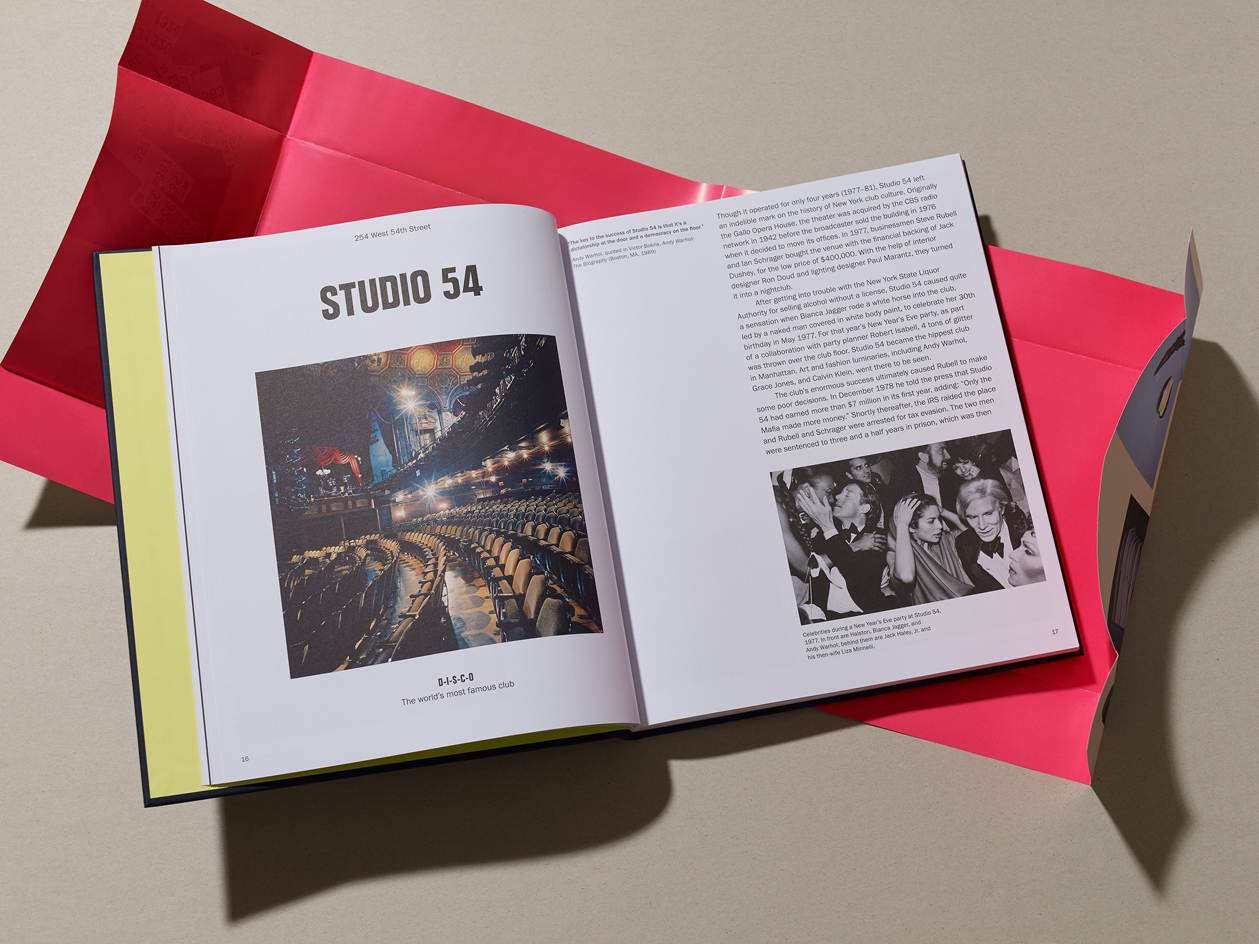
When Short embarked upon a project to document New York’s lost legendary arts venues – think Copacabana, Studio 54, The Mudd Club and The Roxy – he was surprised to find that many were not lost at all
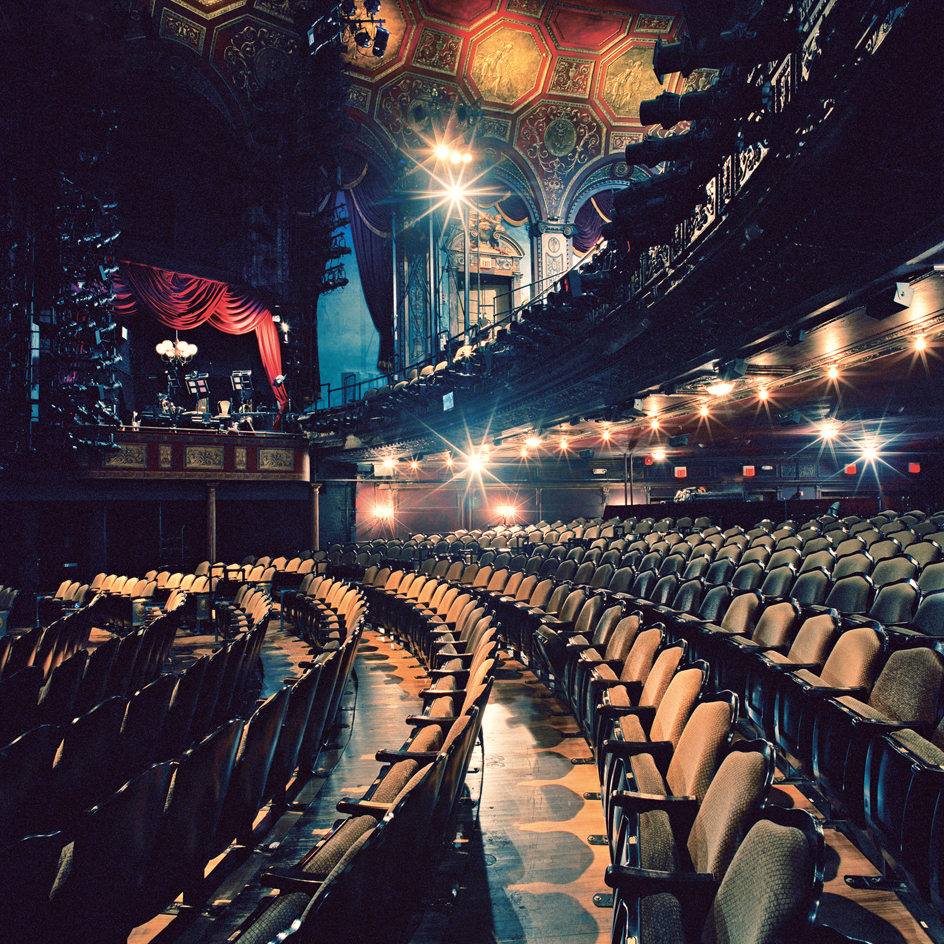
In the book, titled Unforgotten New York, Short has documented over 40 historical locations across Manhattan. Pictured: Studio 54.
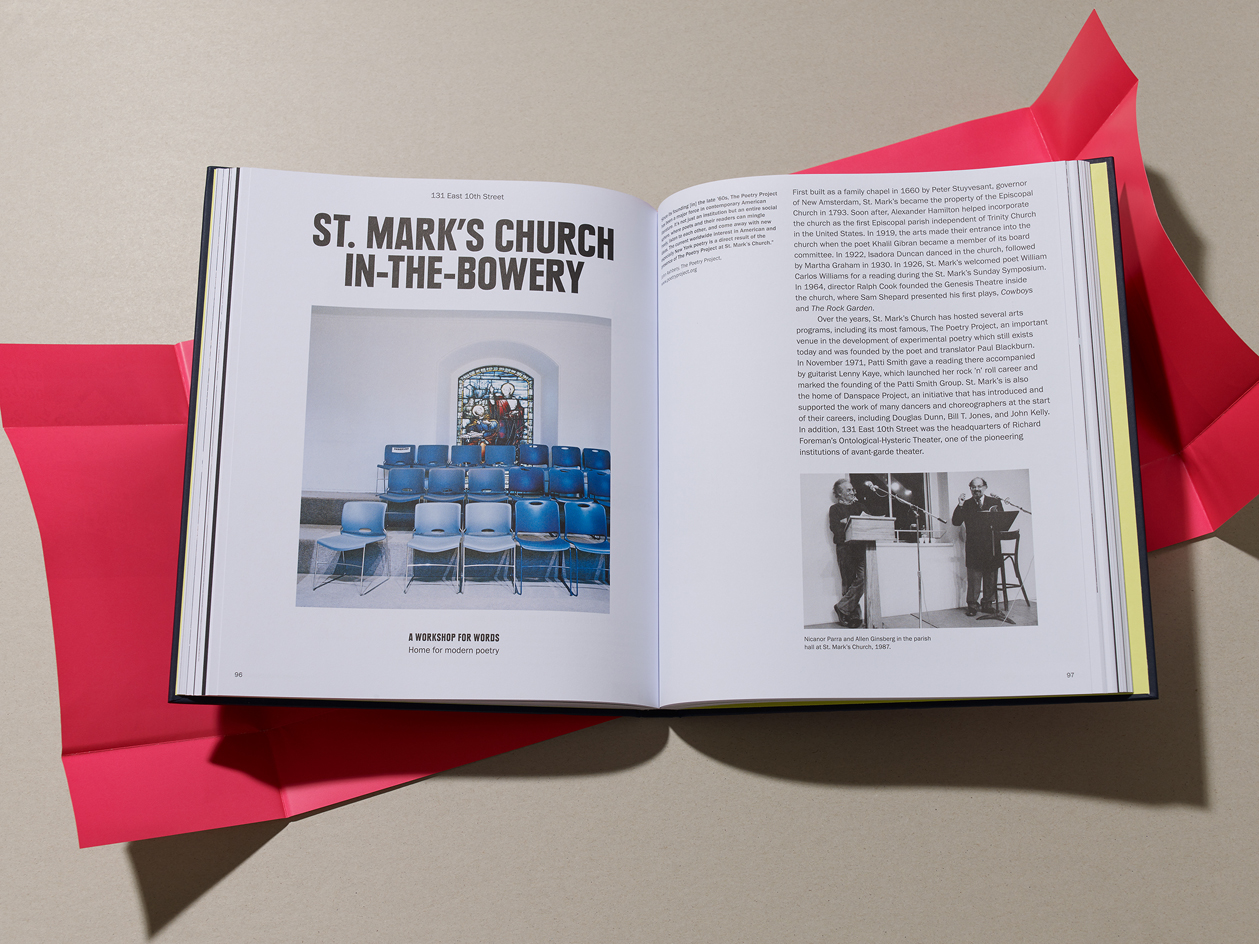
Compiled into a 192-page hardback tome, the shots are displayed next to insightful texts and archival photographs
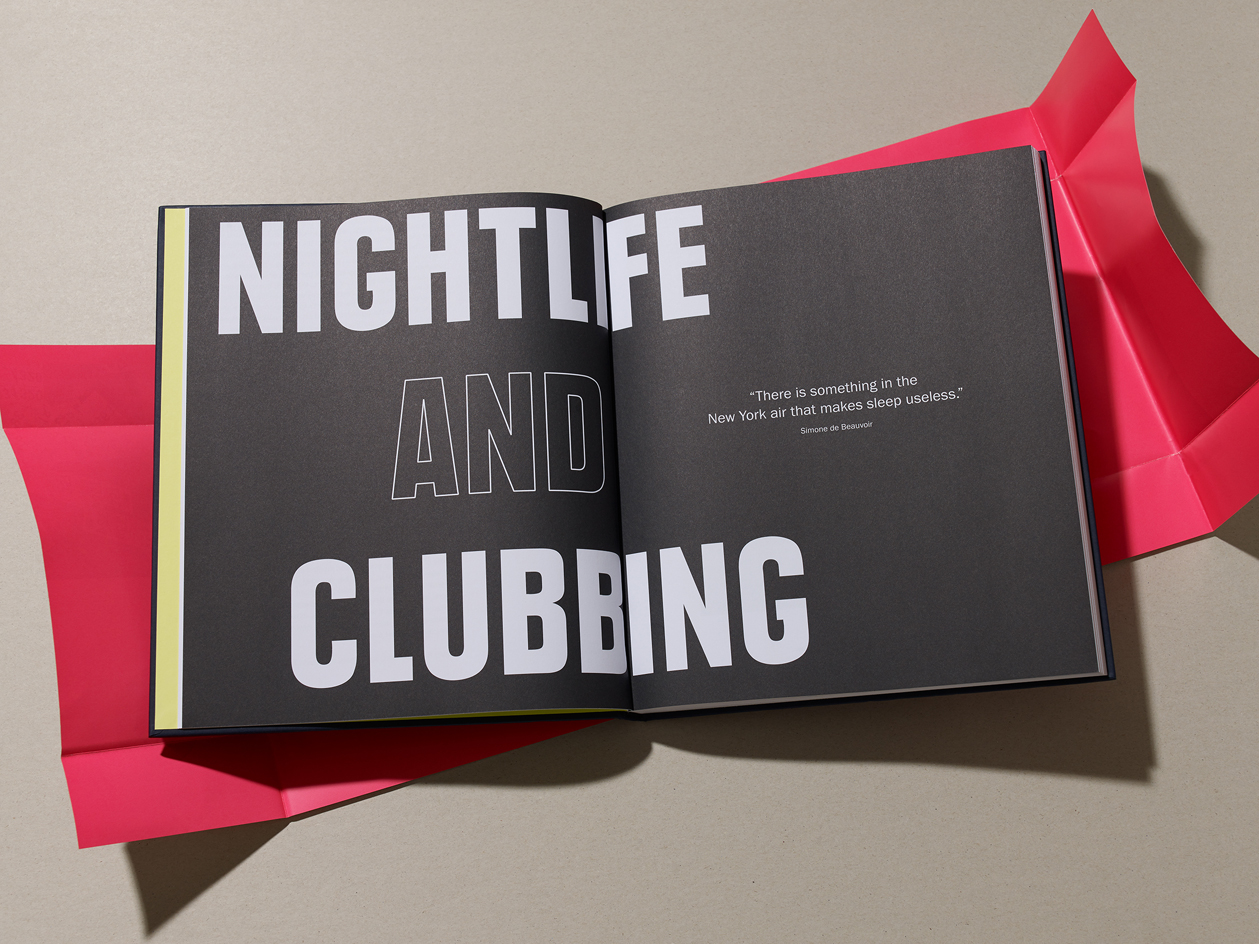
Each chapter includes background history of the spaces, as well as quotes from famous artists, musicians and other key players of the time
INFORMATION
Unforgotten New York: legendary spaces of the twentieth-century avant-garde by David Brun-Lambert, John Short and David Tanguy, £29.99, published by Prestel
Receive our daily digest of inspiration, escapism and design stories from around the world direct to your inbox.
Ali Morris is a UK-based editor, writer and creative consultant specialising in design, interiors and architecture. In her 16 years as a design writer, Ali has travelled the world, crafting articles about creative projects, products, places and people for titles such as Dezeen, Wallpaper* and Kinfolk.
-
 ‘I want to bring anxiety to the surface': Shannon Cartier Lucy on her unsettling works
‘I want to bring anxiety to the surface': Shannon Cartier Lucy on her unsettling worksIn an exhibition at Soft Opening, London, Shannon Cartier Lucy revisits childhood memories
-
 What one writer learnt in 2025 through exploring the ‘intimate, familiar’ wardrobes of ten friends
What one writer learnt in 2025 through exploring the ‘intimate, familiar’ wardrobes of ten friendsInspired by artist Sophie Calle, Colleen Kelsey’s ‘Wearing It Out’ sees the writer ask ten friends to tell the stories behind their most precious garments – from a wedding dress ordered on a whim to a pair of Prada Mary Janes
-
 Year in review: 2025’s top ten cars chosen by transport editor Jonathan Bell
Year in review: 2025’s top ten cars chosen by transport editor Jonathan BellWhat were our chosen conveyances in 2025? These ten cars impressed, either through their look and feel, style, sophistication or all-round practicality
-
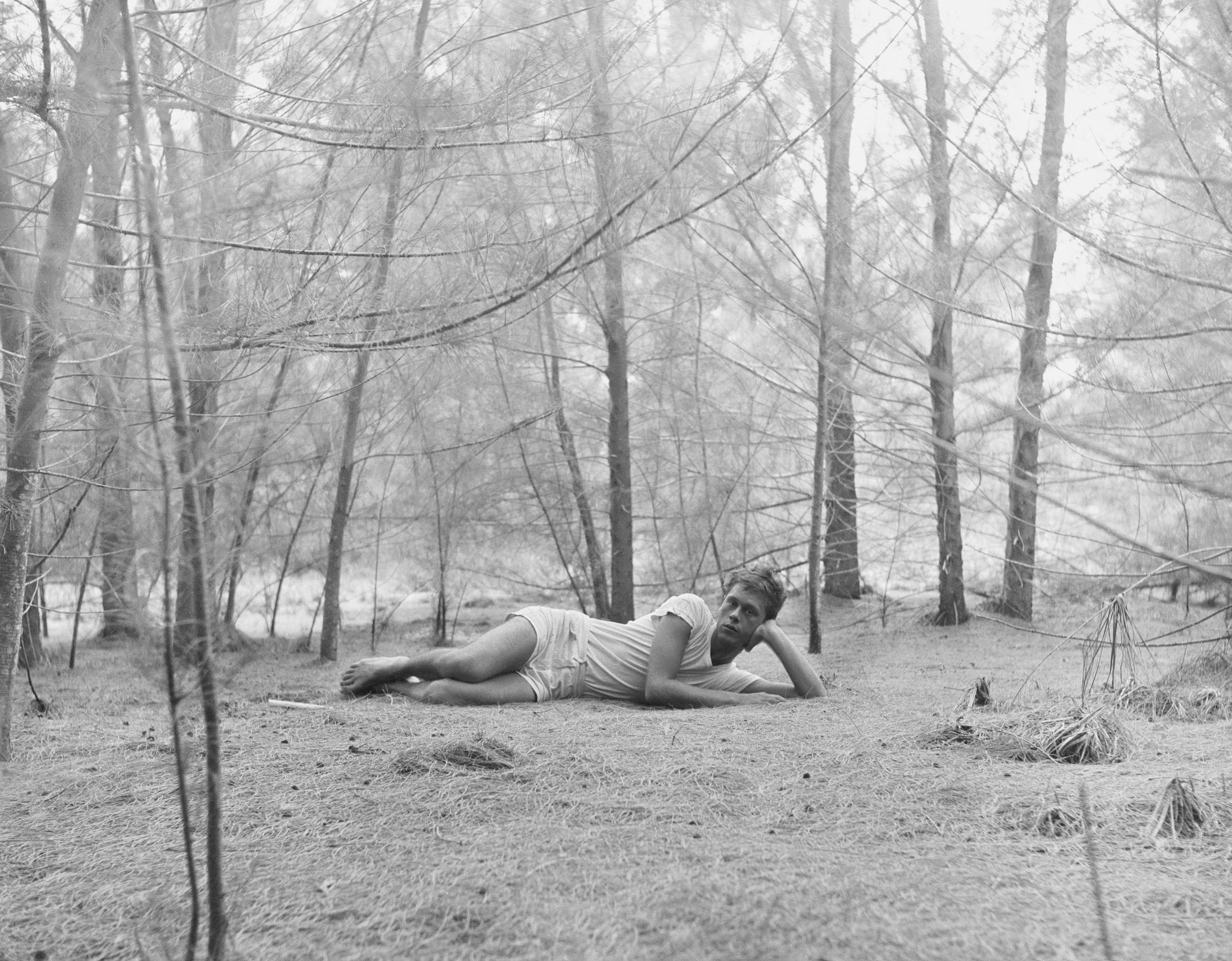 Inside the seductive and mischievous relationship between Paul Thek and Peter Hujar
Inside the seductive and mischievous relationship between Paul Thek and Peter HujarUntil now, little has been known about the deep friendship between artist Thek and photographer Hujar, something set to change with the release of their previously unpublished letters and photographs
-
 Nadia Lee Cohen distils a distant American memory into an unflinching new photo book
Nadia Lee Cohen distils a distant American memory into an unflinching new photo book‘Holy Ohio’ documents the British photographer and filmmaker’s personal journey as she reconnects with distant family and her earliest American memories
-
 Out of office: The Wallpaper* editors’ picks of the week
Out of office: The Wallpaper* editors’ picks of the weekThe rain is falling, the nights are closing in, and it’s still a bit too early to get excited for Christmas, but this week, the Wallpaper* team brought warmth to the gloom with cosy interiors, good books, and a Hebridean dram
-
 Inside Davé, Polaroids from a little-known Paris hotspot where the A-list played
Inside Davé, Polaroids from a little-known Paris hotspot where the A-list playedChinese restaurant Davé drew in A-list celebrities for three decades. What happened behind closed doors? A new book of Polaroids looks back
-
 Inside the process of creating the one-of-a-kind book edition gifted to the Booker Prize shortlisted authors
Inside the process of creating the one-of-a-kind book edition gifted to the Booker Prize shortlisted authorsFor over 30 years each work on the Booker Prize shortlist are assigned an artisan bookbinder to produce a one-off edition for the author. We meet one of the artists behind this year’s creations
-
 Out of office: The Wallpaper* editors’ picks of the week
Out of office: The Wallpaper* editors’ picks of the weekThis week, the Wallpaper* editors curated a diverse mix of experiences, from meeting diamond entrepreneurs and exploring perfume exhibitions to indulging in the the spectacle of a Middle Eastern Christmas
-
 14 of the best new books for music buffs
14 of the best new books for music buffsFrom music-making tech to NME cover stars, portable turntables and the story behind industry legends – new books about the culture and craft of recorded sound
-
 Jamel Shabazz’s photographs are a love letter to Prospect Park
Jamel Shabazz’s photographs are a love letter to Prospect ParkIn a new book, ‘Prospect Park: Photographs of a Brooklyn Oasis, 1980 to 2025’, Jamel Shabazz discovers a warmer side of human nature